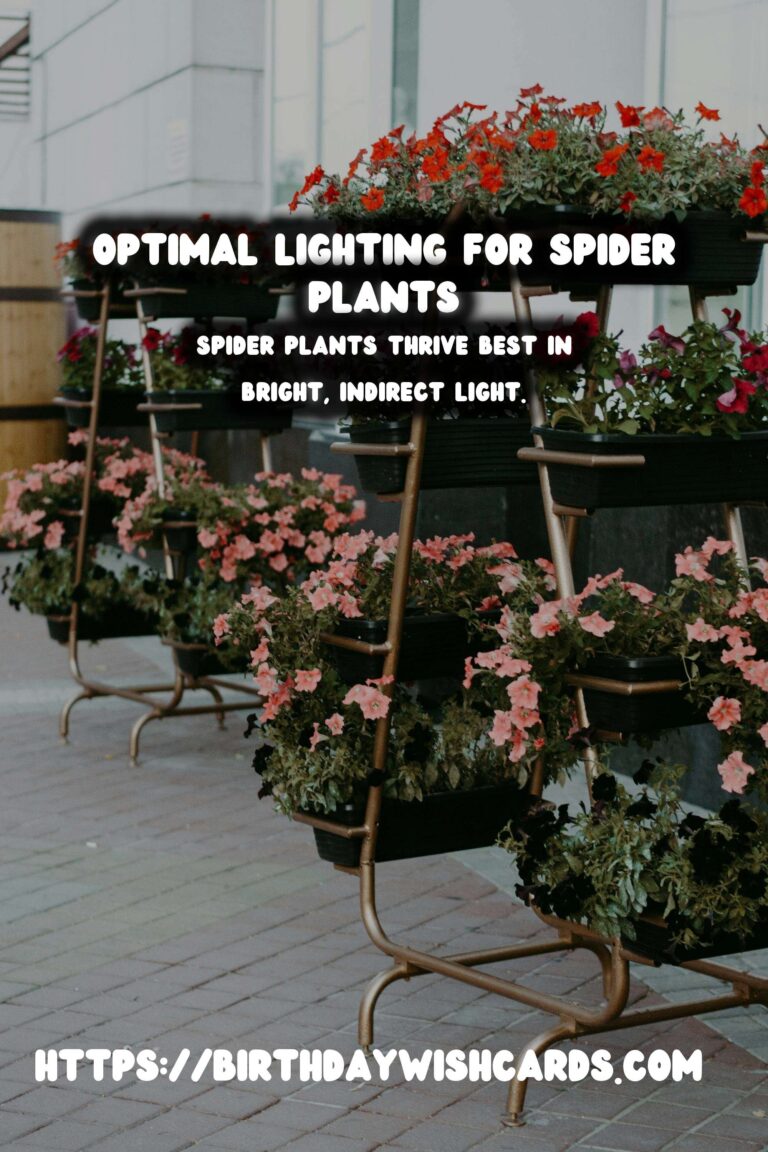
Spider plants, known for their arching leaves and air-purifying qualities, are a popular choice among indoor plant enthusiasts. While they are relatively easy to care for, understanding the best lighting conditions is crucial to ensure they thrive.
Understanding the Natural Habitat
To provide the best lighting conditions for spider plants, it’s helpful to understand their natural habitat. These plants are native to the tropical and southern regions of Africa, where they grow under the canopy of larger trees. This means they are accustomed to dappled sunlight and indirect light.
Indirect Light is Key
Spider plants prefer bright, indirect light. Direct sunlight can scorch their leaves, leading to brown tips and edges. Place your spider plant near a window where it can receive filtered sunlight, or use sheer curtains to diffuse the light. If natural light is limited, spider plants can also adapt to fluorescent lighting, making them suitable for office environments.
Avoiding Direct Sunlight
While spider plants can tolerate some direct sunlight, especially during the less intense morning or late afternoon hours, prolonged exposure to direct midday sun should be avoided. This can lead to leaf burn, which manifests as brown or bleached spots on the leaves.
Signs of Inadequate Lighting
If your spider plant is not receiving adequate lighting, it will show signs of distress. Common indicators include slow growth, pale leaves, and loss of variegation. Moving the plant to a brighter location usually helps it recover.
Adjusting to Seasonal Changes
Lighting conditions change with the seasons, and your spider plant’s needs may vary accordingly. In winter, when days are shorter and light is weaker, you might need to move your plant closer to a light source. Conversely, during the summer, ensure it is not exposed to harsh, direct sunlight.
Supplemental Lighting Options
If natural light is insufficient, consider using grow lights to supplement your spider plant’s lighting needs. LED grow lights are energy-efficient and provide the necessary spectrum for healthy plant growth.
Conclusion
Providing the right lighting conditions is essential for the health and vitality of spider plants. By ensuring they receive bright, indirect light and protecting them from direct sun exposure, you can enjoy a lush and vibrant plant in your home or office.
Spider plants thrive best in bright, indirect light. Direct sunlight can scorch the leaves of spider plants. Signs of inadequate lighting include slow growth and pale leaves. Seasonal changes may require adjustments in lighting conditions. Supplemental lighting like LED grow lights can benefit spider plants in low-light environments. 
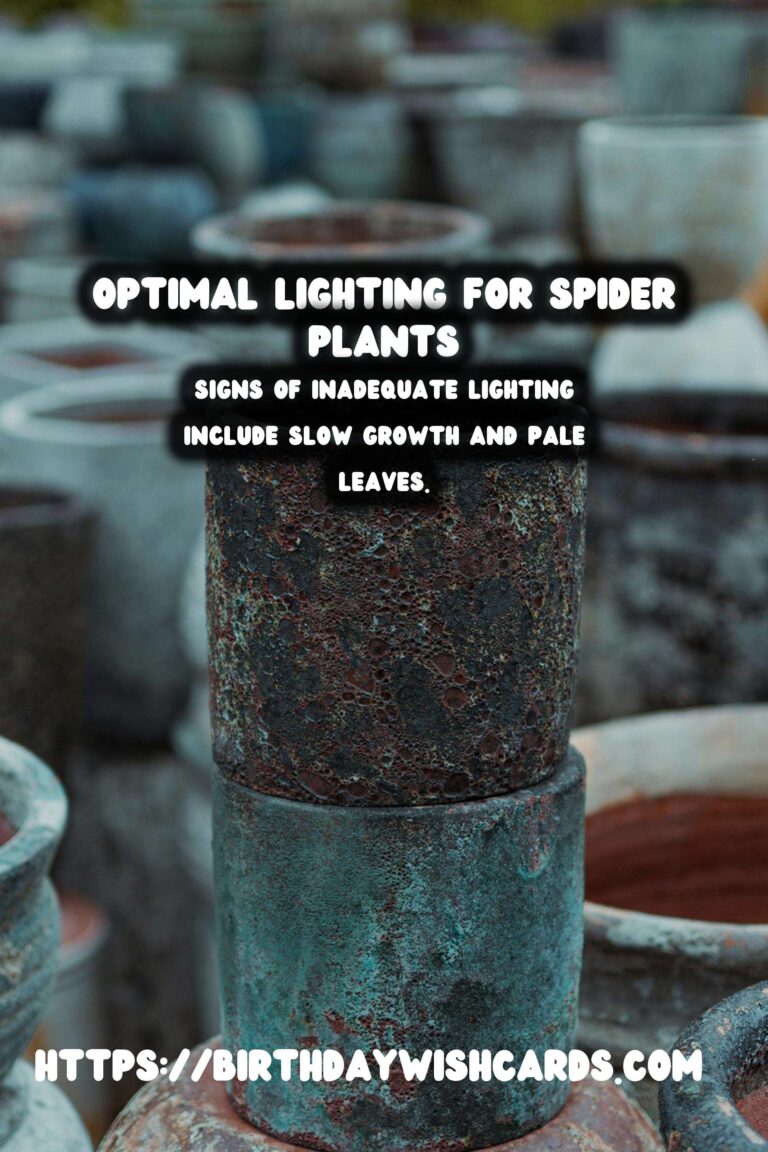
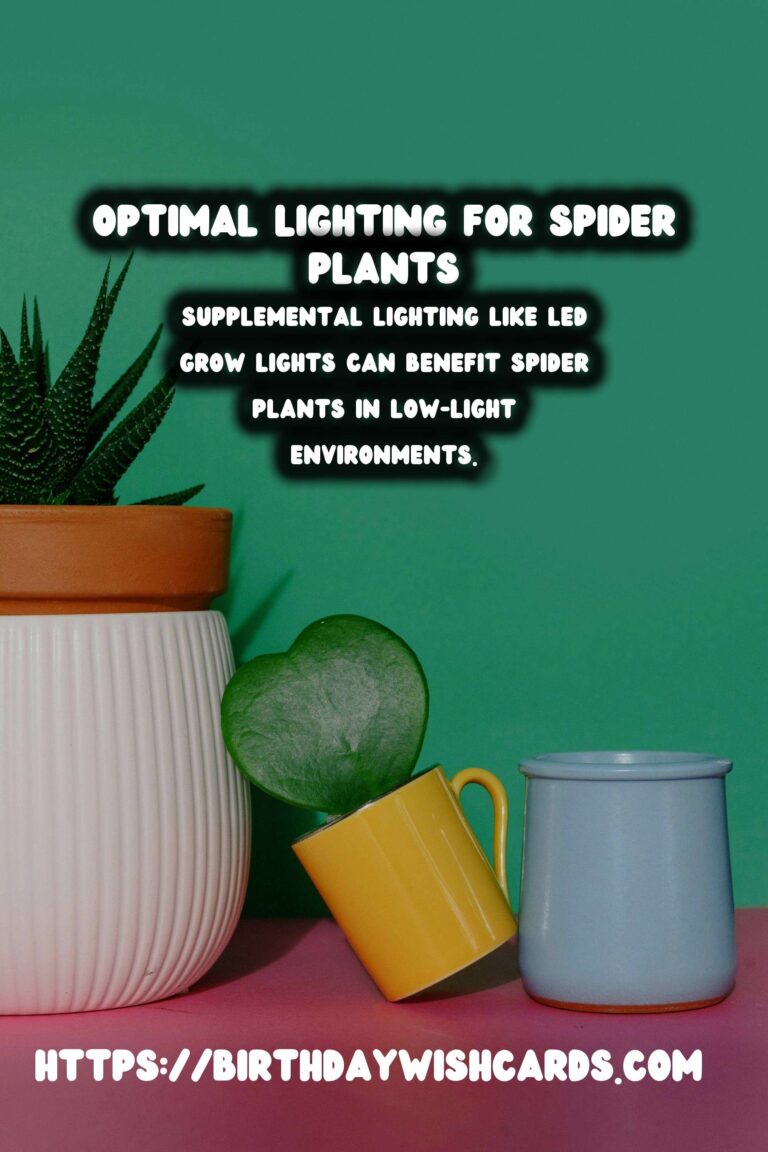
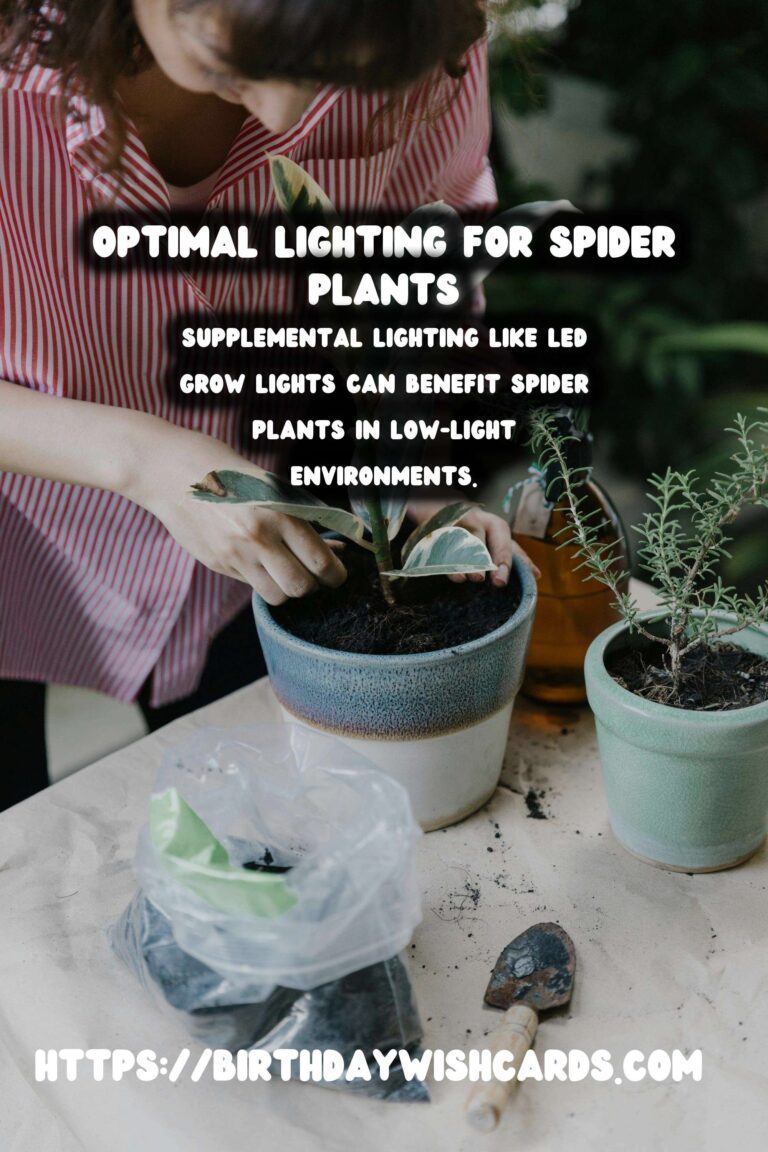
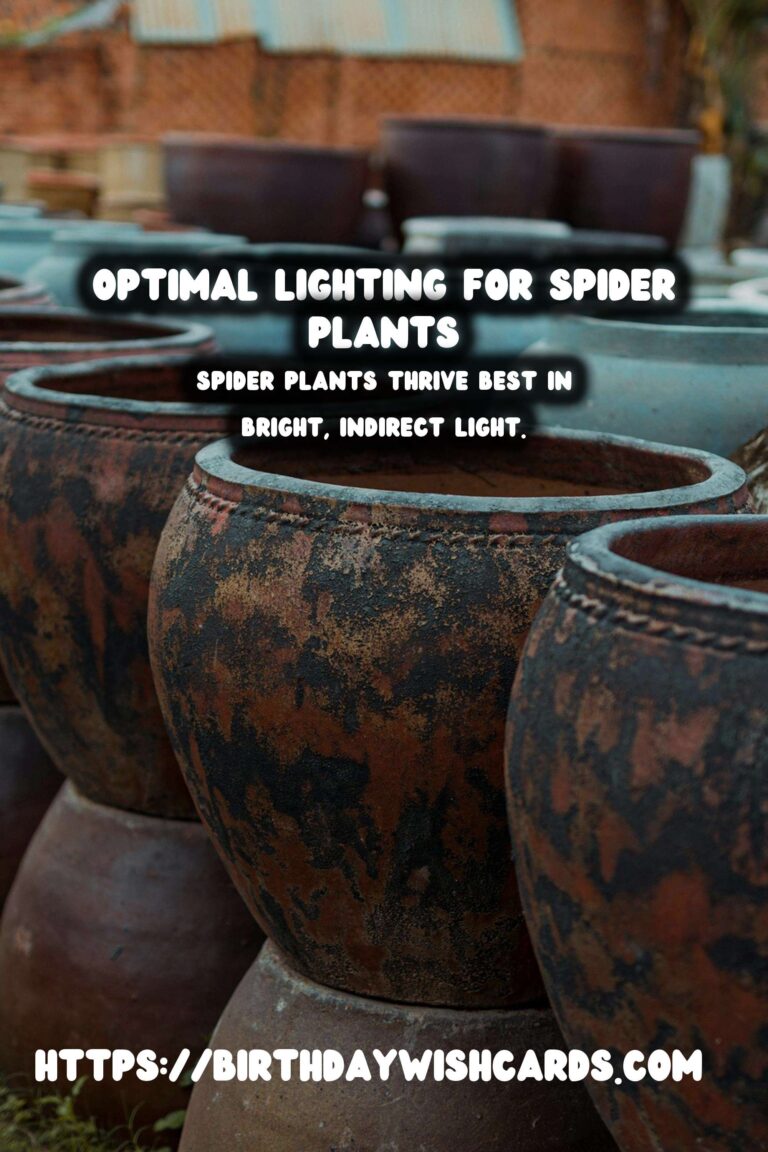
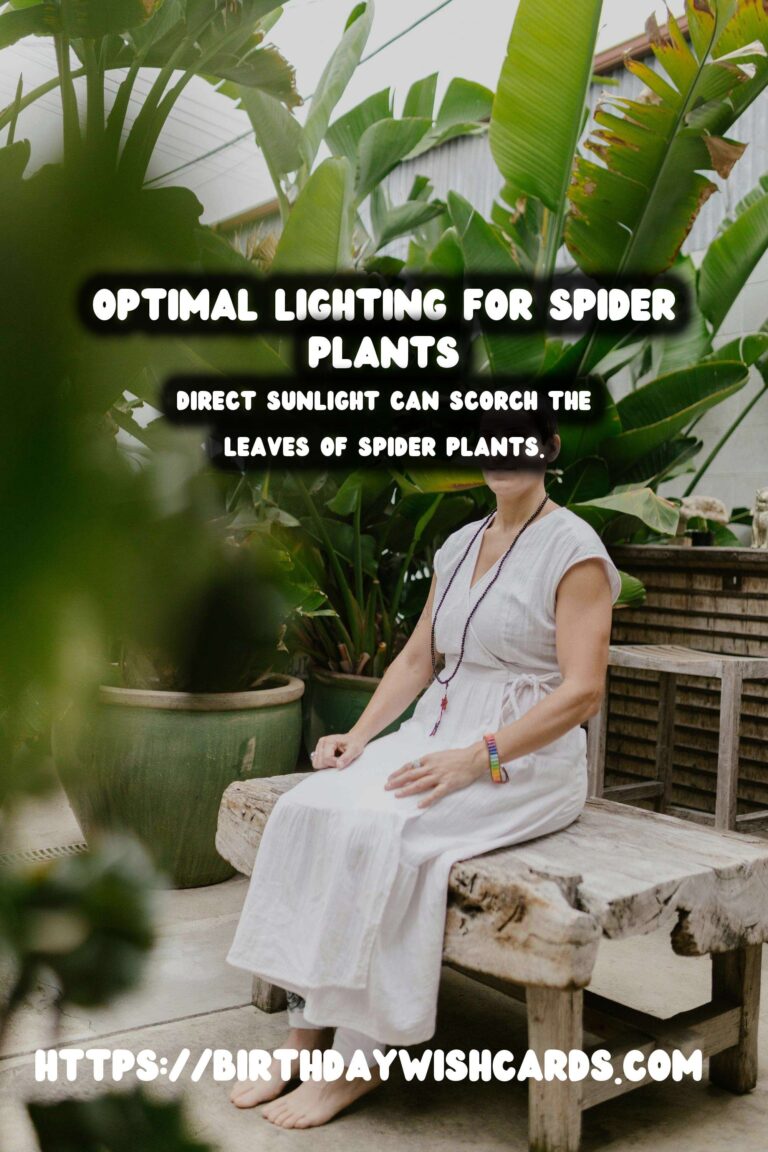
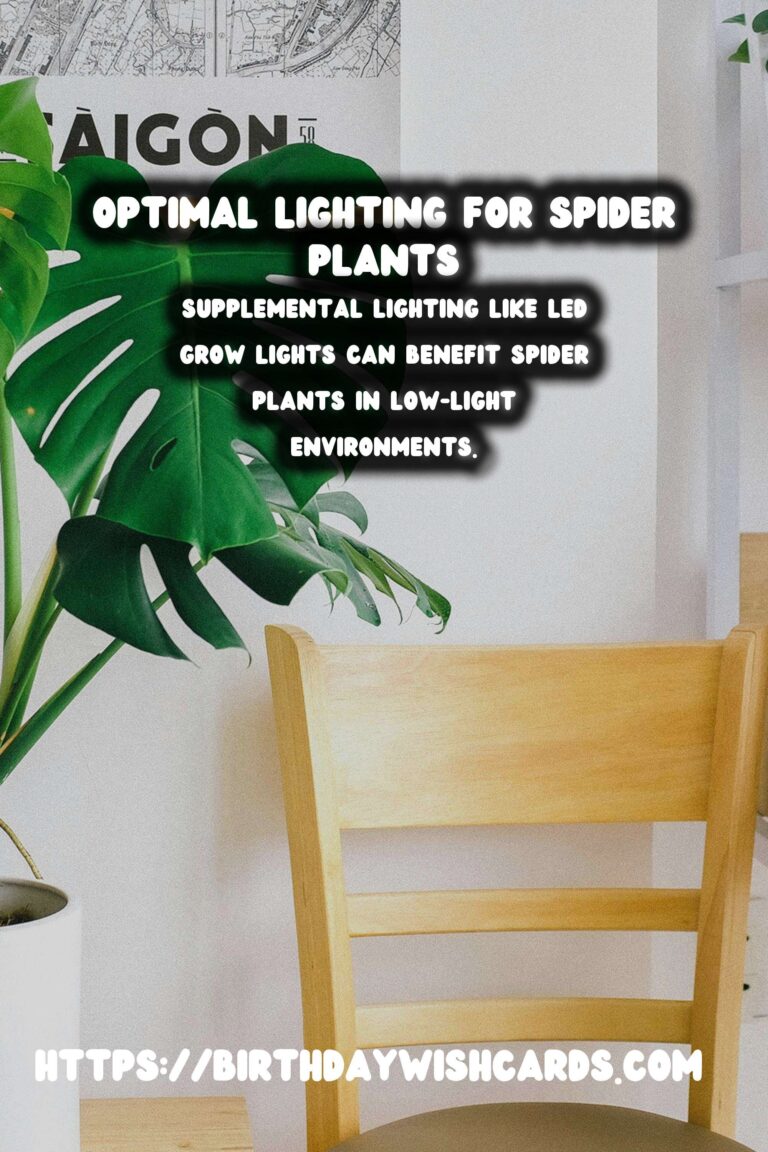
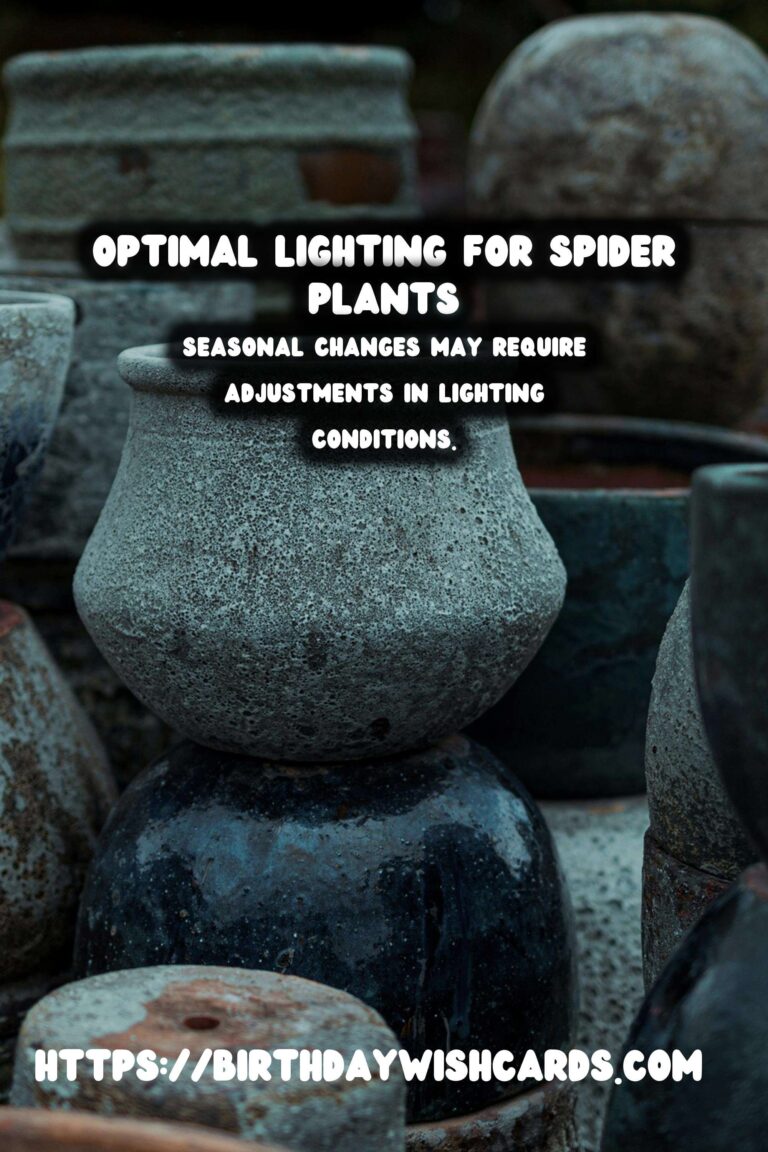
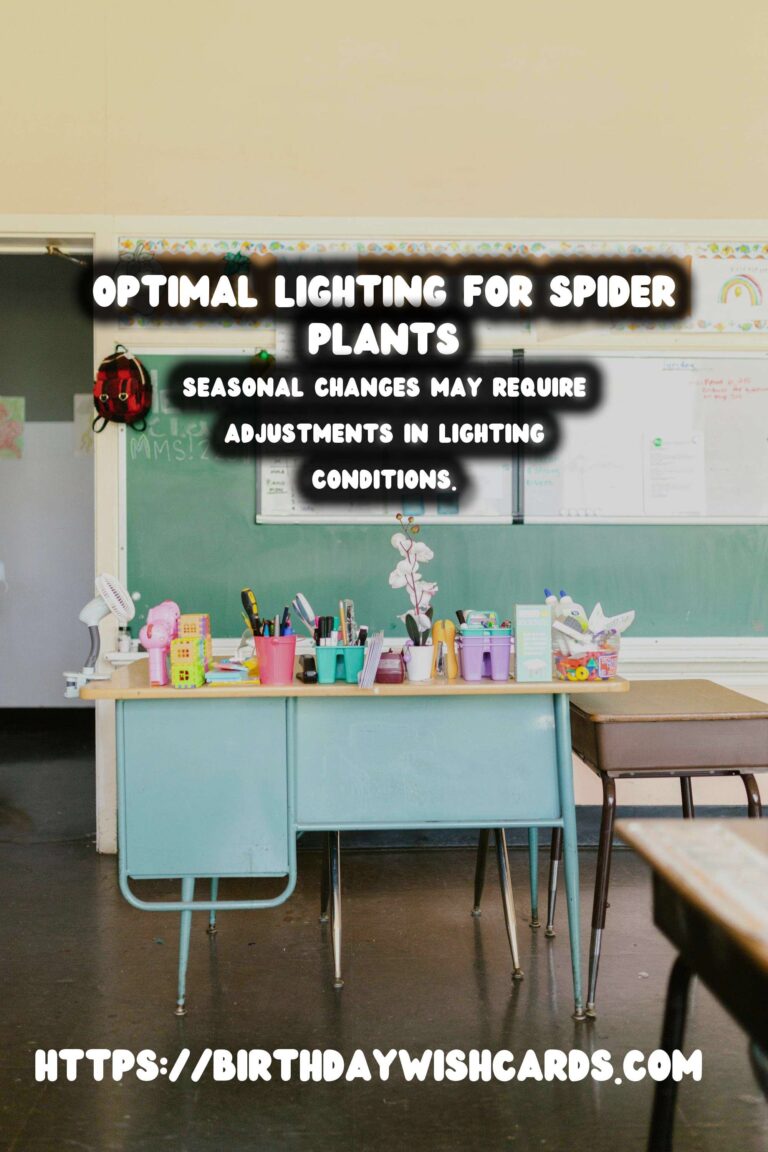
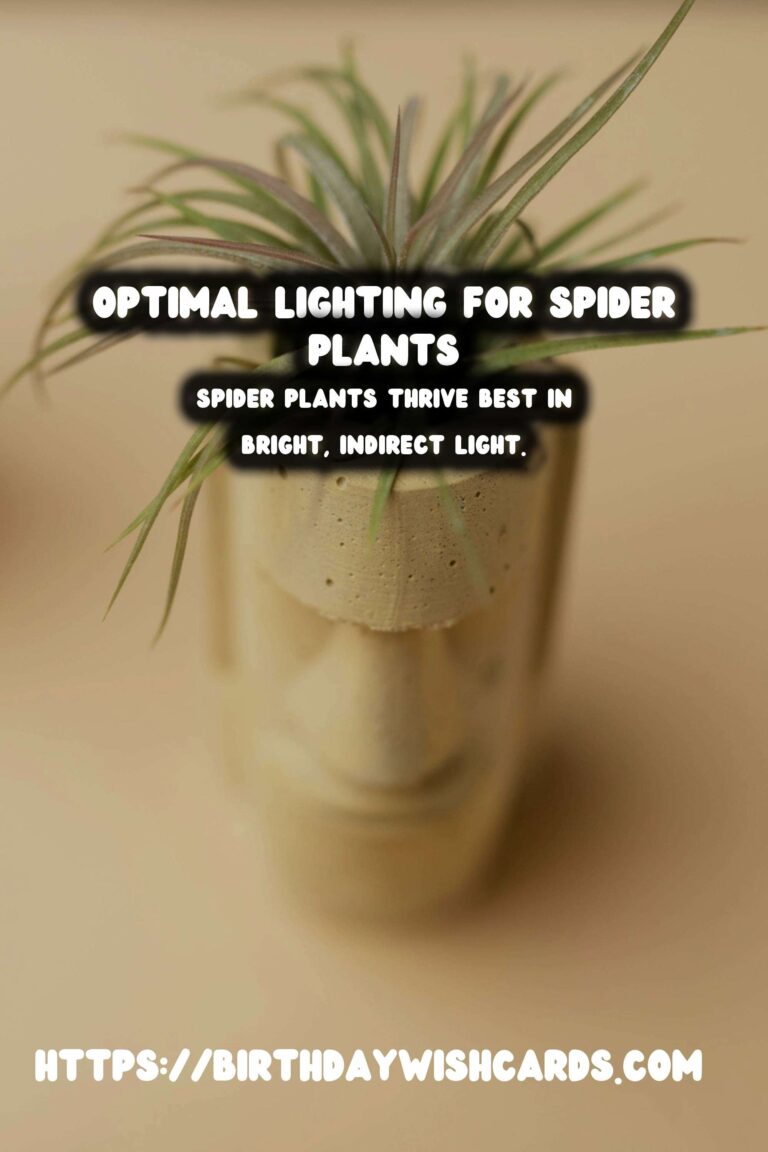
#SpiderPlants #IndoorPlants #PlantCare #GardeningTips #Houseplants




